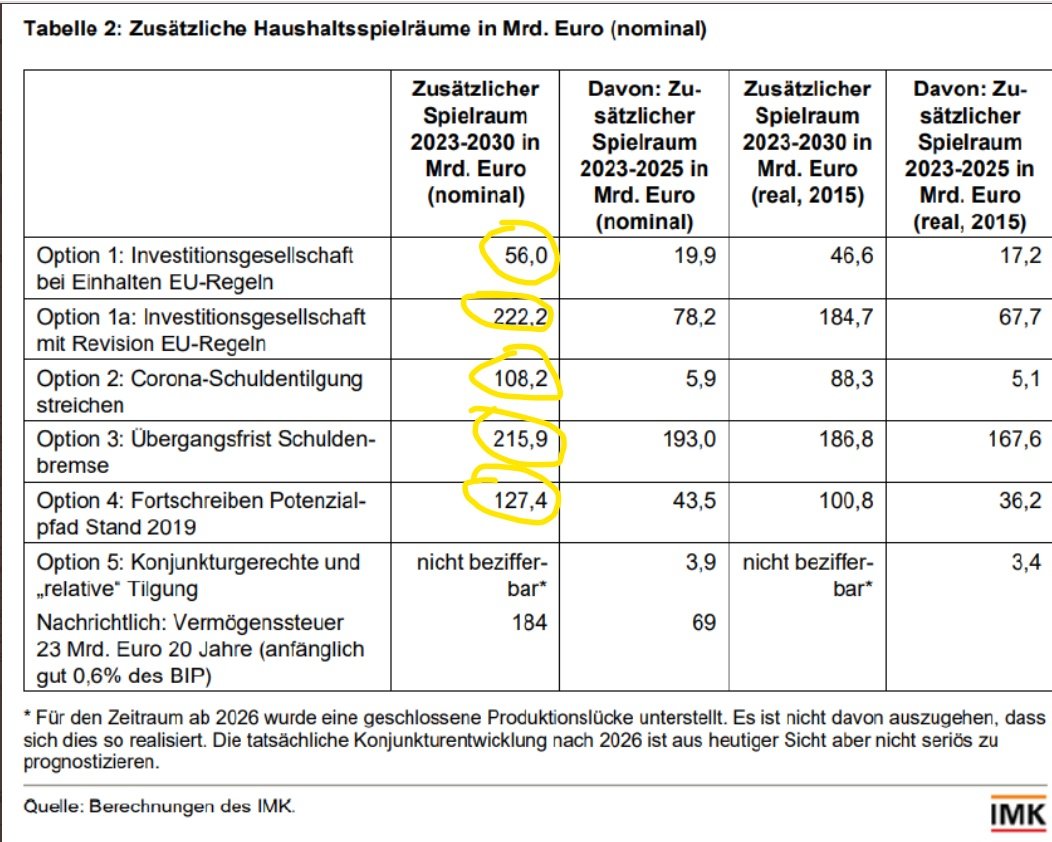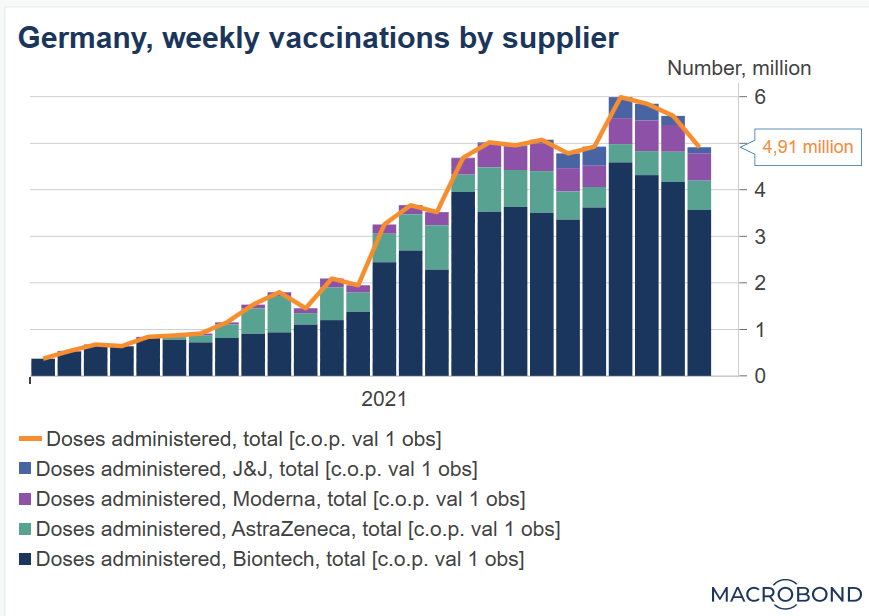
I see a lot of talk of the west "filling #Putin's war chest", "financing the war on #Ukraine", of sanctions “bankrupting” the Russian state etc. Such language points to serious misconceptions. It is important to get some basic economic facts straight.
That’s the aim of this🧵
1
That’s the aim of this🧵
1
In all these issues it is vital to keep separate: 1) what involves payment in roubles and what transactions are in, for Russia, foreign currency, and 2) what production is currently/potentially in Russia (or close allies) and what is based in "hostile" countries.
2
2
The rouble is a currency that the Russian government/central bank can issue at will. The supply of foreign currency is limited (basically) to past and current exports of goods in excess of imports, factored in or previously converted into foreign currency (€, US$ etc.)
3
3
One often reads that the war is costing Putin X million $ or € a day, while the West/Europe is transfering X million $/€ to purchase, mostly, energy. The implication is that the west is financing the war. But only the latter is actual foreign currency.
4
4
The former is an (estimated) amount in roubles – the military budget - that has merely been mathematically converted, at an assumed exchange rate, into $ or €. But the Russian government pays its servicemen and women and its contractors and suppliers (caveat below) in roubles.
5
5
As noted, the supply of roubles is unlimited. The govt can raise taxes, issue bonds or “print” money (as western central banks have done w/ quantitative easing). None of these rouble-based transactions can, as some have claimed, “bankrupt” the 🇷🇺state. fondsprofessionell.at/news/maerkte/h…
6
6
What (higher) military spending does do is reduce the scope for civilian production and consumption through some mix, depending on how it is financed, of (possibly very severe) inflation and lower post-tax incomes. More guns, less butter.
7
7
The caveat is that some military goods may require imports & thus foreign currency. But 🇷🇺 has a surfeit of fuel, doesnt need foreign mercenaries & deploys overwhelmingly domestically produced hardware. The idea of foreign currency financing the military is almost wholly wrong.
8
8
So what does that currency inflow do? It finances imports from those countries that won’t accept payment in roubles (i.e. almost all). Russian consumers and producers will have much greater difficulty accessing final and intermediate goods imported from abroad without it.
9
9
This will directly hit living standards, especially of the middle and upper classes, and will cause, over time, serious problems for Russian industry to the extent that it cannot acquire inputs for production from alternative foreign or domestic sources.
10
10
Some issues wrt to energy sales/currency inflows need to be borne in mind.
🇷🇺has sizeable reserves from past export surpluses, some $630 billion ft.com/content/526ea7… Yet existing sanctions, especially on the central bank, mean that this nest-egg cannot easily be run down.
11
🇷🇺has sizeable reserves from past export surpluses, some $630 billion ft.com/content/526ea7… Yet existing sanctions, especially on the central bank, mean that this nest-egg cannot easily be run down.
11
Yet this underlines that it is a lack of partners willing to trade with it, as sanctions imposed in revulsion at Russia’s war of aggression bite, and *not* the inflow of foreign exchange that is the key weakness of the Russian economy.
12
12
(Similarly, the considerable attention given to the collapse in the *external* value of the rouble, is misplaced. It’s not that relevant when trade is blocked for other reasons and convertibility is restricted. It may of course lose internal value: inflation, as noted.)
13
13
Some conclusions. Western sanctions in response to Russia’s war on Ukraine pose a major threat to its economy & living standards. How much will depend 1stly on the willingness of China, India & some smaller countries, to trade with 🇷🇺 (& in medium run on import substitution.)
14
14
Western energy purchases do not in any meaningful sense finance Putin’s war. The West can opt to stop them. But if sanctions on the central bank are maintained, such flows will sooner or later be stopped by 🇷🇺. It will not exchange fossil fuels for bits of paper it cannot use.
15
15
If a stop to energy imports is to be justified, then in terms of causing general economic misery in 🇷🇺& provoking popular or elite opposition. Whether the masses or the oligarchs react in this way or whether it helps Putin circle the wagons around his regime is an open ?.
16
16
As with issues of military support, the best way for the West to #StandWithUkraine in economic-policy terms, is a complex, multidimensional issue. This is far from a full assessment. But policymakers should least ensure they avoid being misled by oft-repeated misconceptions.
end
end
Maybe of interest to:
@SDullien @heimbergecon @LaszloAndorEU @AchimTruger @HrReisen @VMRConstancio @ErikFossing @JoMicheII @Frances_Coppola
@SDullien @heimbergecon @LaszloAndorEU @AchimTruger @HrReisen @VMRConstancio @ErikFossing @JoMicheII @Frances_Coppola
• • •
Missing some Tweet in this thread? You can try to
force a refresh











